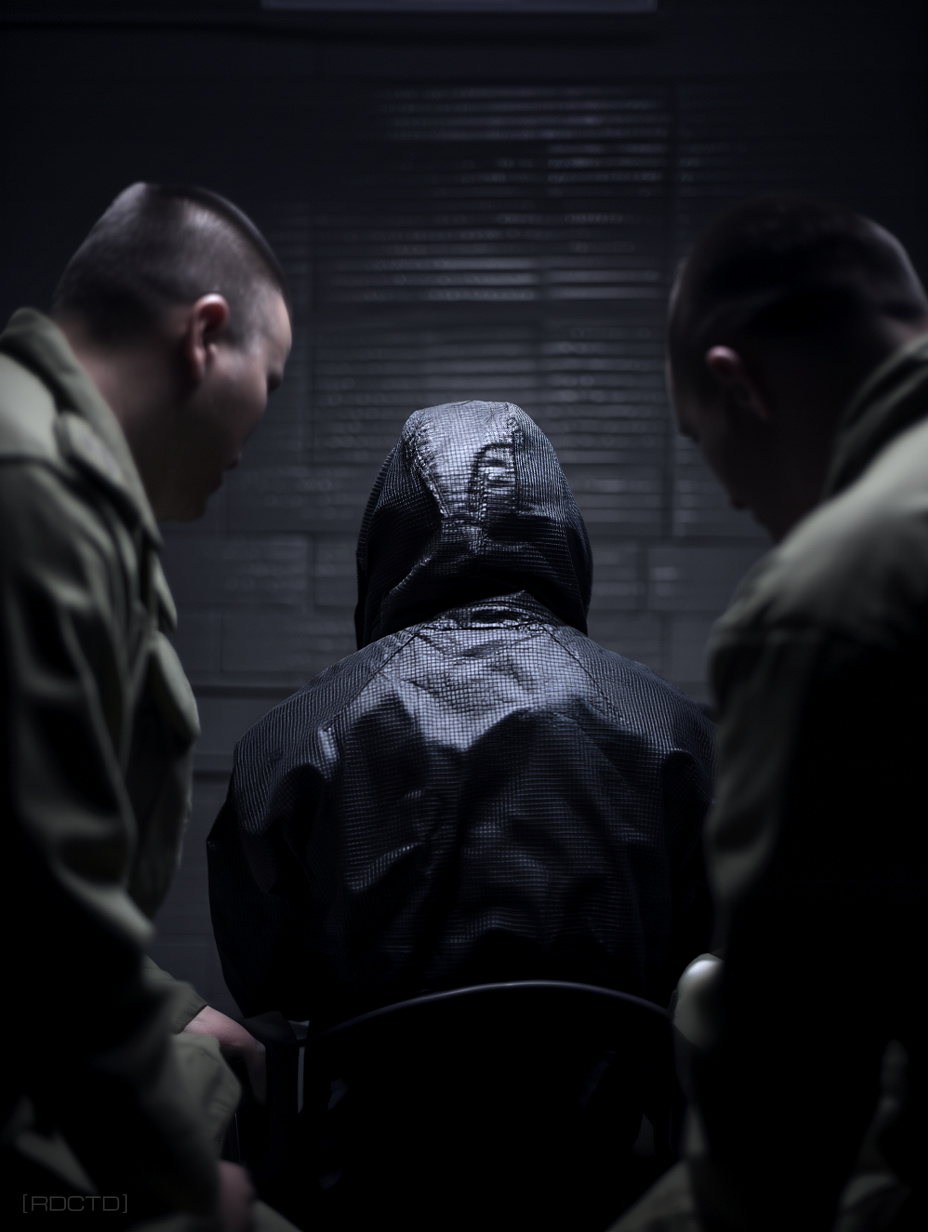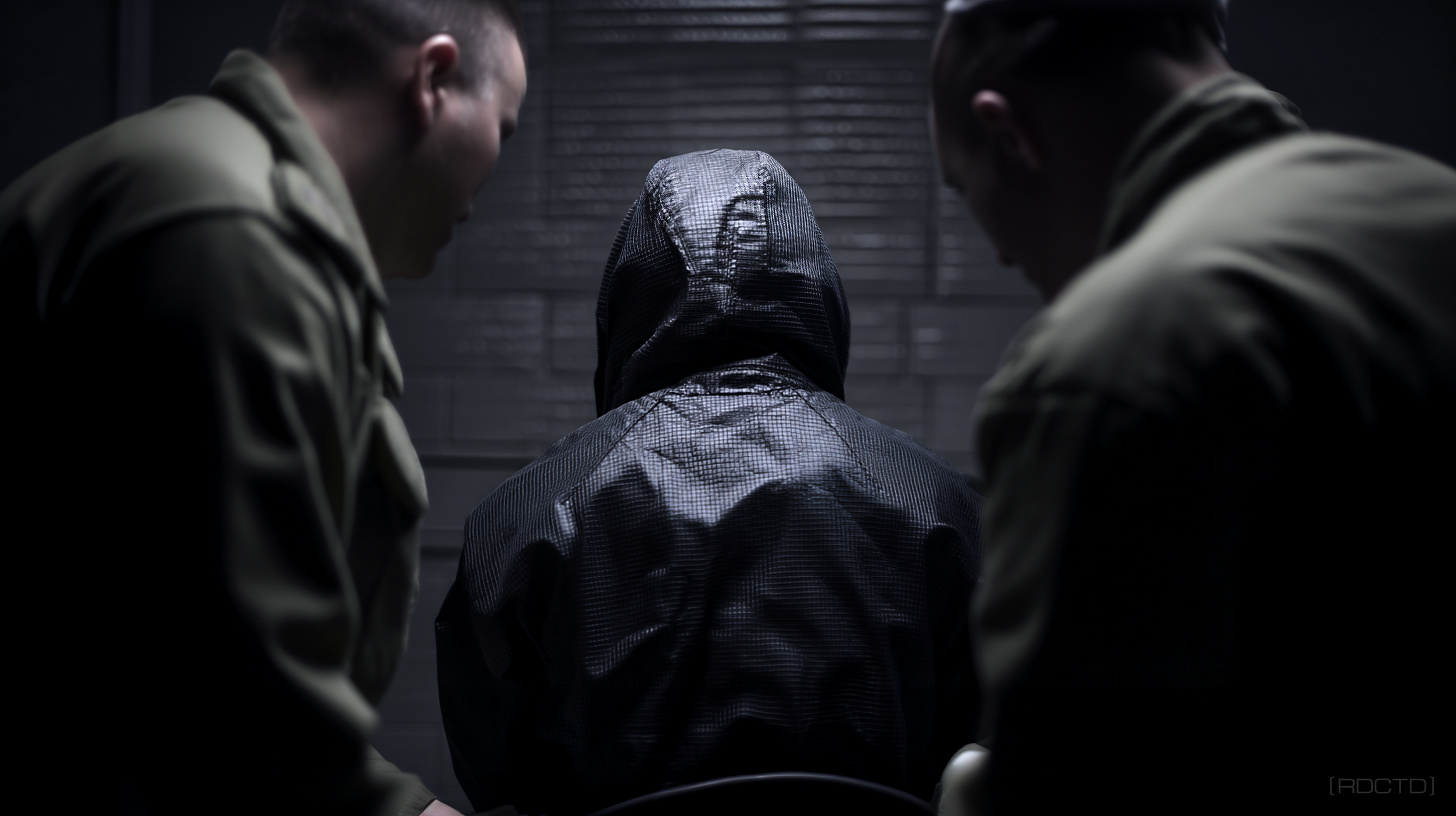 The most dangerous part of deception isn’t always what you say, it’s what you unintentionally show. Masking nonverbal tells is tradecraft that lets you shape what others perceive and maintain operational cover.
The most dangerous part of deception isn’t always what you say, it’s what you unintentionally show. Masking nonverbal tells is tradecraft that lets you shape what others perceive and maintain operational cover. ![]()
In the profession of deception, every uncontrolled movement is a tell, and every tell is a tactical liability.
The ability to identify and mask your nonverbal tells is high-level interpersonal control. These tells; facial expressions, body posture, micro-expressions, gestures, eye movement, and even breathing, are unconscious signals that reveal internal emotional states, intentions, or reactions.
Every human has them, and most people aren’t aware of the signals they’re sending. In covert operations, where deception, manipulation, and emotional detachment are necessary tools, failing to mask these tells can expose an operative’s true intentions or break the illusion they’ve crafted.
As an operative if you’re being interrogated, negotiating a deal, surveilling a target, or infiltrating a hostile environment, maintaining control over your body language is just as important as managing your cover story.
Your stillness is the silence between a lie and its detection.
The purpose of masking nonverbal tells is simple: control the information you’re leaking. While verbal deception can be trained and polished, the body often betrays the truth far quicker than the tongue. Law enforcement interrogators, intelligence officers, and trained adversaries are taught to read nonverbal cues to detect lies, stress, or hesitation.
Operatives who fail to master this are vulnerable. Masking tells allows you to dictate the perception of those around you; calm under pressure, trustworthy when you’re not, or indifferent when you’re surveilling someone you may have to engage later. It enables you to maintain operational integrity even under intense scrutiny. It’s protection from your own self, your body.
This control isn’t about becoming expressionless, it’s about controlling your signals with precision. Every gesture, shift, or facial twitch sends a message, and in the wrong context, that message can trigger suspicion, escalation, or exposure. Operatives need to be able to project confidence, neutrality, trustworthiness or even vulnerability (depending on the environment) without letting their body undermine that narrative.
When you control your nonverbal output, you’re not just masking the truth, you’re crafting a tailored illusion. This is particularly useful during elicitation, negotiation, or surveillance operations where the smallest crack in your presentation can make someone probe deeper or retreat entirely. Masking nonverbal tells lets you operate from a position of control, not reaction.
Your cover can be airtight, your backstory flawless, but one flicker of emotion can detonate everything.
Start with emotional control. The body follows the mind. If you can suppress emotional reactions (fear, anger, surprise, etc.) your body won’t have those flinches, eye shifts, or facial tics that reveal your state.
This begins with stress inoculation training; controlled exposure to high-pressure environments that forces you to function while staying outwardly calm. Breathing exercises, mindfulness, and stoic visualization techniques help anchor the body’s baseline, keeping pulse, posture, and expression steady.
In any hostile or high-stakes interpersonal situation, the operative who convincingly appears cold and unmoved has control and thus the upper hand, regardless of what’s actually happening to him internally.
This kind of emotional control isn’t built in a classroom or learned by reading theory, it’s forged in deliberate discomfort and anti-fragility training. Field exercises that simulate tension, sleep deprivation, moral ambiguity, or physical duress are critical for developing that inner stillness.
The goal isn’t to try to stop feeling altogether. It’s to delay or decrease the reaction and control the output. This strategic emotional discipline is the difference between an operative who panics and one who adapts.
Neutral is a weapon. Learn to wear it like armor.Next, you need to identify and master your baseline body language. Study how you naturally sit, stand, speak, and move when relaxed and in control. Then learn to replicate that posture under various levels of duress.
When you’re being watched, even subconsciously, consistency in posture and movement reads as confidence and authenticity. This is especially critical when assuming a cover identity that requires you to be convincing at all times.
Baseline calibration is also critical for reading and manipulating others. Once you’ve disciplined your own signals, you’ll become sharper at spotting deviations in others; stress cues, deception, or discomfort.
But more importantly, maintaining your own consistent baseline means any deliberate changes you introduce; appearing hesitant, angry, or vulnerable, stand out as intentional rather than accidental. That level of control gives you the power to influence how people perceive you and react to you.
In surveillance or elicitation work, you may need to appear passive, distracted, or even intimidated to lower a subject’s guard. If your real baseline is under control, your false tells become tools of manipulation, not liabilities.
In this line of work, showing emotion is volunteering information.Micro-expressions are involuntary facial reactions that last fractions of a second and can betray your true emotions before you can stop them. Training to suppress or mask micro-expressions takes deliberate effort.
Use tools like the Facial Action Coding System (FACS) to understand how emotions manifest on the face. Then drill responses that maintain a neutral or appropriate expression. For example, if someone accuses you of lying and your instinct is to smirk or wince, you’ve already lost ground.
With training, you can develop a poker face that projects sincerity, confusion, or calm indifference on demand – whatever the situation calls for.
Then drill corrective expressions until they become instinctive replacements. You’re not trying to freeze your face; you’re conditioning it to default to controlled responses. Over time, this becomes muscle memory.
Operatives who’ve trained this way can take psychological hits in conversation; insults, threats, emotional bait, then show nothing but calm, measured reactions. That discipline is both a shield and a weapon.
In deception, the body is the traitor you have to train into silence.
Masking tells is about situational flexibility. You’re not aiming for robotic stillness; you’re aiming for deliberate control. Sometimes, projecting a tell, like feigned nervousness or false indignation, can be used strategically to manipulate an interaction. But you can’t fake what you can’t control.
The benefit of mastering your nonverbal tells is psychological dominance.
People read others to gauge their own behavior. When your signals are under your control, you can influence, mislead, or deflect attention with precision.
// They can’t read your mind, but your body tries to tell them anyway. Stop it.
[INTEL : Masking Your Weaknesses]
[INTEL : Adapting Your Persona Based on Location]
[OPTICS : Enhanced Interrogation]
![[RDCTD]](https://rdctd.pro/wp-content/uploads/RDCTD-Covert-Operative-Tradecraft-Guide-LOGO-tk.png)
![[RDCTD]](https://rdctd.pro/wp-content/uploads/RDCTD-Covert-Operative-Tradecraft-Guide-LOGO-mobile.png)

